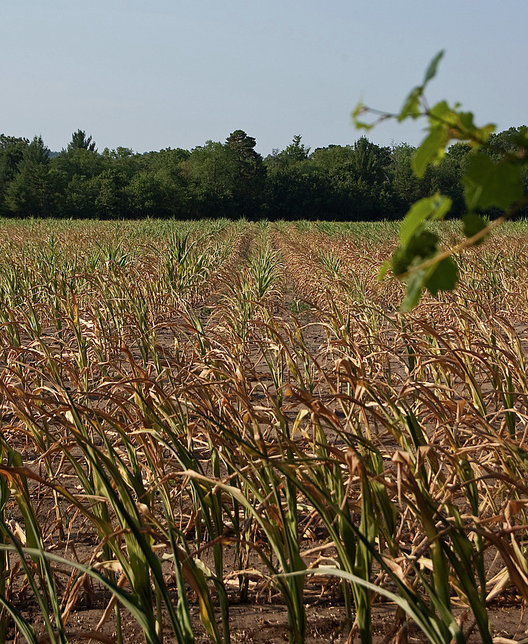Heads up: Plan for traffic and road closures this Sunday for Bay to Breakers.
Science News
Drought
July 20, 2012

If you live in California, drought is a fact of life. But for folks in other parts of the country, that’s not the case—except this year.
With little hope for rain in the next month or so, this week governmental agencies are detailing exactly how severe this year’s drought is. On Thursday, the US Drought Monitor announced that over 53% of the country is suffering in moderate drought or worse.
“The recent heat and dryness is catching up with us on a national scale,” says Michael J. Hayes, director of the National Drought Mitigation Center. "This is similar to the 1988 drought, which was the last serious drought in the Corn Belt." NPR’s Two-Way blog headline earlier this week reads, “Drought in US Now Worst Since 1956; Food Prices to Spike, Economy to Suffer.”
And in fact, Wednesday, the US Department of Agriculture designated 1,297 counties across 29 states as disaster areas due to damage and losses caused by drought and excessive heat. Increasingly hot and dry conditions from California to Delaware have damaged or slowed the maturation of crops such as corn and soybeans, as well as pasture and rangeland.
In California, it often takes several years to declare drought conditions. This current drought is called a “flash drought”—it’s occurred over only a few weeks or months, depending on the location. Our friends at Climate Central explain the factors involved: back-to-back La Niña events, a mild winter and of course, the “record heat waves during March, June and July.”
Sadly, NOAA (the National Oceanic and Atmospheric Administration) predicts more of the same for the parched Midwest. According to their Climate Prediction Center:
Unfortunately, drought is expected to develop, persist, or intensify across these areas, and temperatures are likely to average above normal.
Want some visuals? Climate Central has a great animation of the flash drought. NPR has an interactive map of areas affected.
Image: WxMom/Flickr